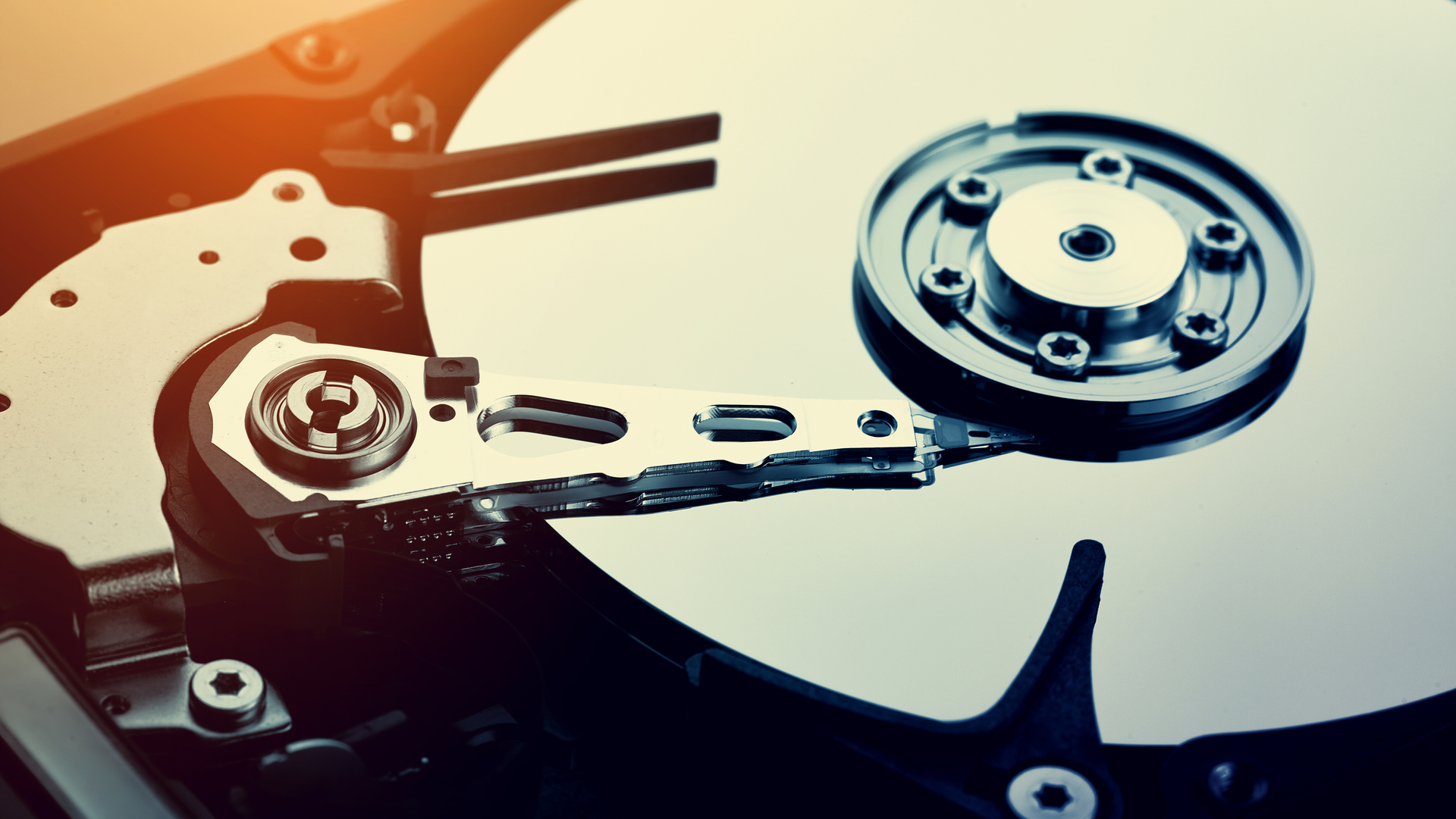Some hard drives just aren't as tough as SSDs, report claims
SSDs are quickly gaining ground on HDDs when it comes to endurance

Although hard disk drives (HDDs) have higher durability than the NAND flash memory used in solid state drives (SSDs), a new report claims that not all HDDs are as tough as their SSD counterparts.
While HDDs have per-year workload ratings, SSDs on the hand have terabytes to be written (TBW) and drive writes per day (DWPD) endurance ratings that can be used to calculate their total endurance.
Following the release of Western Digital's latest WD Red Pro 20TB NAS hard drive, ServeTheHome compared the new drive's 300TB annual workload to the endurance ratings for modern SSDs. The WD Red Pro has a five-year limited warranty and this means its designed to withstand a workload of 1,500TB (including both reads and writes). This also holds true for similar NAS drives from Seagate, Toshiba and other hard drive makers.
However, WD's own 4TB Red SA500 NAS SATA SSD is rated for 2,500TB over five years which is higher than the Red Pro 20TB. These two drives are geared towards mixed read-intensive workloads and both pare in comparison to the company's Ultrastar DC SN840 6.4TB NVMe SSD that is designed for enterprise workloads and is capable of writing 35PB over five years.
Hard disk drives vs solid state drives
When comparing the endurance ratings of SSDs with HDDs in terms of endurance per terabyte of capacity, SSDs also take the lead but this doesn't mean they are now more durable than HDDS when it comes to the total amount of data that can be written on them.
This is because the platters that make up HDDs are still considerably more reliable than the NAND flash media in SSDs as 3D TLC NAND is rated for around 10,000 program/erase cycles. As a result, SSD makers need to utilize sophisticated controllers and error correction algorithms to improve endurance at the device level.
Meanwhile, magnetic media, which is the coating on HDD platters, can practically be re-written without any limits. However, HDDs use mechanics and motors that spin at 5,000 to 7,2000 RPM that are fragile and even fail and this is why hard drive manufacturers first introduced workload ratings to go with their products several years ago.
Sign up to the TechRadar Pro newsletter to get all the top news, opinion, features and guidance your business needs to succeed!
Regardless of whether you're storing your data on a hard drive or a solid state drive, you should still be using the 3-2-1 rule where you keep three copies of your data on two different mediums with one copy stored off-site. This is where cloud storage and cloud backup services can be a godsend since companies storing customer data in the cloud are more likely to replace faulty drives (as well as have their own backup processes) to ensure that your data is stored safely and securely.
- We've also featured the best SSD and the best portable SSD
Via Tom's Hardware
After working with the TechRadar Pro team for the last several years, Anthony is now the security and networking editor at Tom’s Guide where he covers everything from data breaches and ransomware gangs to the best way to cover your whole home or business with Wi-Fi. When not writing, you can find him tinkering with PCs and game consoles, managing cables and upgrading his smart home.
